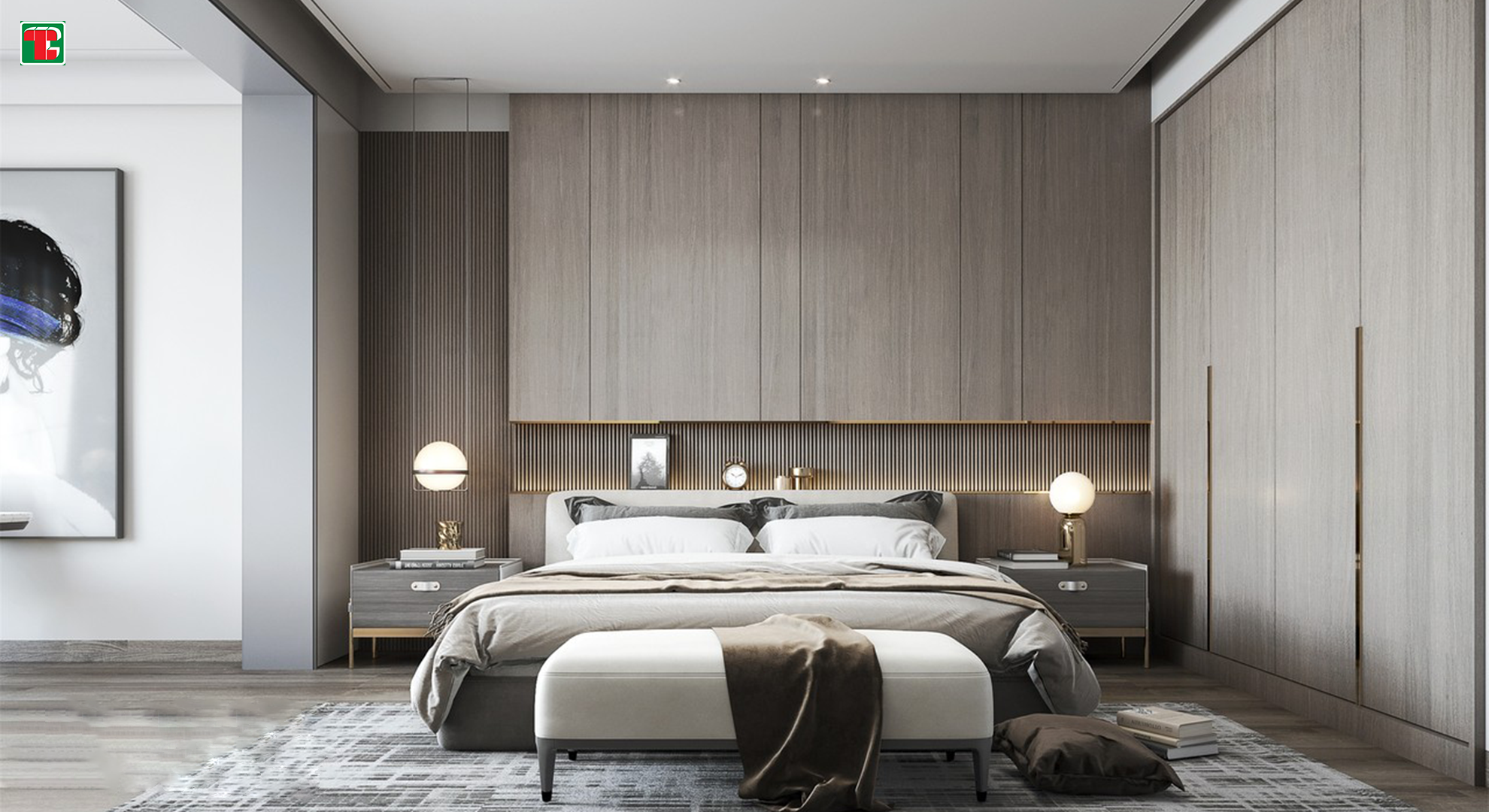Post-production, it is essential for wooden veneer manufacturers to ensure prompt sales. Both manufacturers and dealers must pay heed to moisture and mold protection during storage and transport. As the summer monsoon approaches, humidity rises, making moisture and mold prevention a major concern. If mishandled, stocked wooden veneers may get damp and moldy, resulting in substantial losses. The poor moisture resistance is, admittedly, a drawback of typical veneer panels.

Wooden veneers can undeniably benefit from moisture-proof processing during manufacturing. A layer of moisture-proof paint on the back can provide substantial protection. However, if the base material is density board or particle board, its interior can suck in excessive moisture. Over time, this leads to moldy swelling of the board and potential deformation from absorbed atmospheric moisture. Don't worry, though. By adhering to the methods suggested below, moldy issues with veneers can efficiently be avoided.
1.Veneer Moisture Protection: Avoid direct contact between the veneer base and the ground during stacking. Chocking the bottom will maintain a reasonable distance from the ground, warding off moisture absorption.
2.Protective Measures: A coat of varnish can protect the veneer surface. This creates a barrier that eliminates contact with air, effectively preventing the formation of mold on the veneer.
3.Warehouse Ventilation: Maintain good ventilation in the veneer storage warehouse. In the humid season (In southern regions, warmth and humidity gradually build between March and April), keep doors and windows shut. At times, employing a dehumidifier to pump out moisture can prove helpful.
4.Air Drying Methods: Keeping quicklime or other air drying agents in the warehouse can absorb excessive atmospheric moisture efficiently, preventing dampness and mold formation.
5.Air Conditioning: If stored in a sealed warehouse, using an air conditioner set to a dehumidification mode can maintain dryness.
6.Sun Drying: If feasible, bringing the veneer out for sun exposure via forklift can be beneficial. However, be wary of leaving it out in high temperatures, as this can destabilize the panel stability.
7.Protective Film: Manufacturers often cover wooden veneers with a protective film before delivering them. This method not only prevents direct contact with air but also shields the veneer from scratches, thereby effectively reducing mold chances.
These outlined tips and tricks for mold and moisture-proofing your wooden veneers should alleviate your fears of suffering losses due to damp or moldy panels. There are plenty of moisture prevention methods suitable for wooden veneers. You just need to find the one that fits your needs best.
Crafting this piece of content in alignment with the previously stipulated criteria, serves to offer valuable insights into maintaining the quality of wooden veneers. The optimal avoidance of moisture absorption and mold formation ensures the longevity and durability of these decorative panels.

Post time: Jan-04-2024







